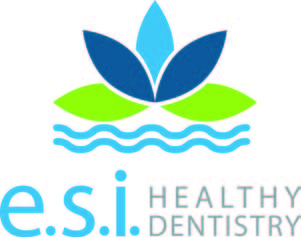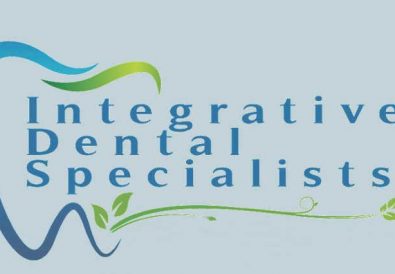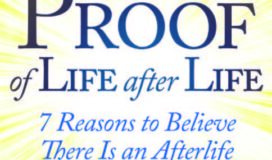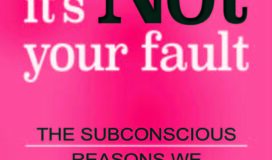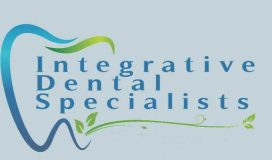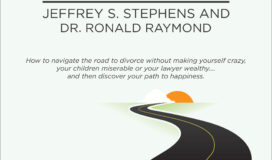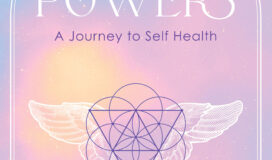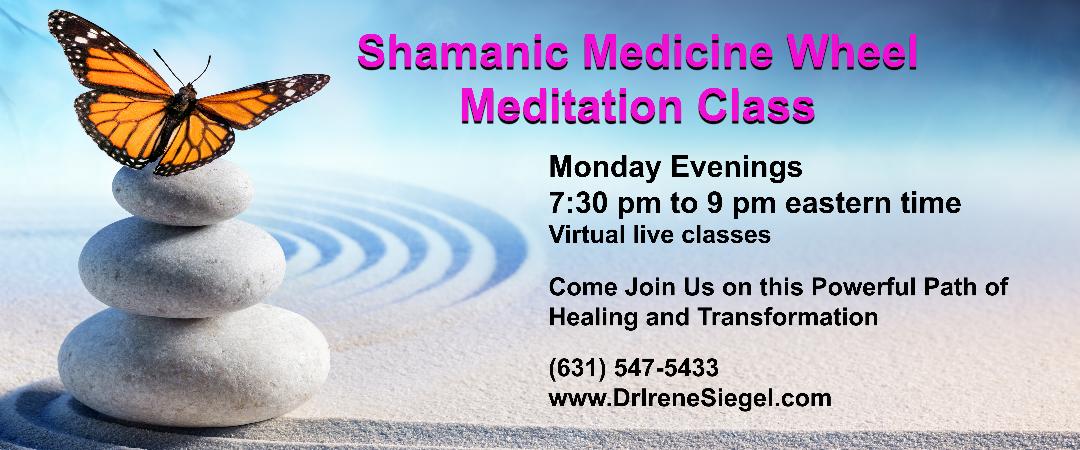You can’t treat what you can’t see. Dental x-rays have been around for more than 100 years and a lot has improved. There is no known “safe” levels of radiation so we have to take every precautionary step possible to reduce exposure. The million-dollar question is “do dental x-rays cause cancer?”
Cosmic rays bombard the surface of the earth all the time. Living things like plants absorb radioactive materials from the soil and they pass it up the food chain. But living things, humans included, are used to being exposed to this ever-present background radiation, so they adapt and constantly repair the damage caused by it.
If you were to look at a top 10 list of everyday things that have radiation you would be fascinated. Brazil nuts are curiously more than 1000 times more radioactive than any other food. Bananas are naturally high in potassium which is a mix of isotopes, one of them being radioactive. Beer, fluorescent lights, tiles, granite, concrete, bricks and kitty litter are on the list.
Cell phones, televisions and computer monitors emit electromagnetic waves and the National Cancer Institute says it may increase the risk of cancer and alter brain activity.
Let’s relate background radiation to dental x-rays. We could say that one dental x-ray is equivalent to a few minutes of background radiation. This may sound correct but it’s a whole lot less dangerous. One concentrated burst of x-ray over a small area of the skin for one tenth of a second in a targeted area of non-radiosensitive structures is profoundly different than the whole body being bathed in a regular stream of radiation over 5 minutes. Organs that are sensitive to radiation are the brain, eyes and glands such as the thyroid, mammary glands, ovaries, testes and pancreas. Our x-ray machines have shielded columns directing the energy to a small, targeted field. Shielding the patient and directing the rays appropriately are important. With the advent of digital x-rays, our state-of-the-art equipment emits 90% less radiation than traditional machines.
Looking at the real scientific evidence, radiation from dental exams has never been proven to raise the risk of cancer incidence.
Weighing the pros and cons is imperative. If the pros far outweigh the cons, in the name of health, we obtain radiographs keeping radiation exposure “as low as reasonably achievable.” Taking 4 checkup digital x-rays is the equivalent of walking to your car from the mall on a sunny day or tanning for 15 mins. You get 20 times more radiation from smoking a pack of cigarettes and 40 times more radiation from a flight from New York to LA.
But an x-ray can save you a lot of time, money and pain if it detects a cavity, a hidden resorptive process within a tooth, or even a suspicious bony lesion. Apart from gum disease and dental decay, other conditions that x-rays help us diagnose are infections, cysts, impacted teeth and bone conditions, tumors and cancers. They can save your teeth, but also save your life.
How about some fun other radiation comparisons? Flying from New York to Rome is like 100 dental x-rays. Sleeping next to someone is like 20 x-rays. Cooking with natural gas per year equals 100 x-rays. Food and water consumption per year is 300 dental x-rays. Smoking a pack of cigarettes a day for a year is the equivalent of 360 x-rays. A breast mammogram is 420 x-rays. And, lastly, simply living in Denver, CO for a year equals 630 dental x-rays.
 Jimmy Kilimitzoglou, DDS, FACD, FPFA, DABOI, MAGD, FAAID, FICOI
Jimmy Kilimitzoglou, DDS, FACD, FPFA, DABOI, MAGD, FAAID, FICOI
ESI Healthy Dentistry 42 Terry Road, Smithtown, NY 11787
Tel (631) 979 7991 / Fax (631) 979 7992 dental@esihealthydentistry.com
www.esihealthydentistry.com
– A D V E R T O R I A L –

